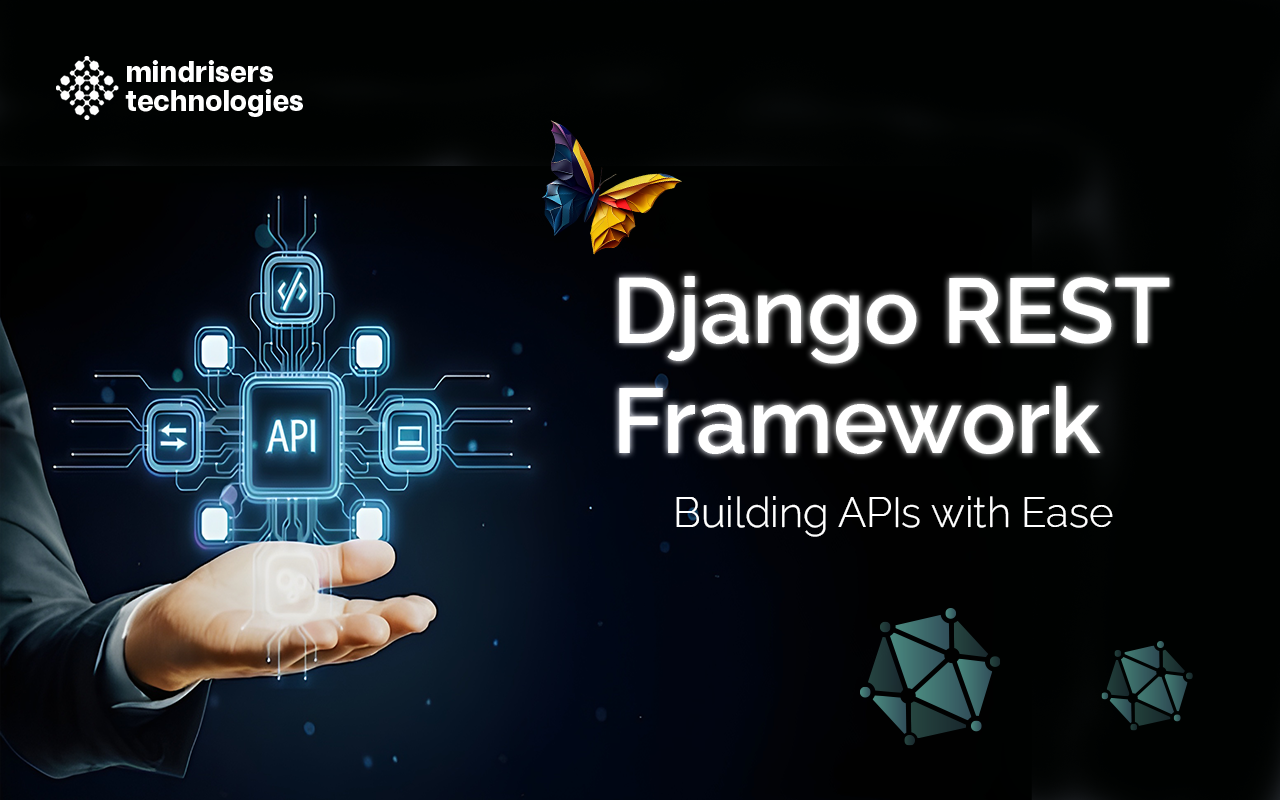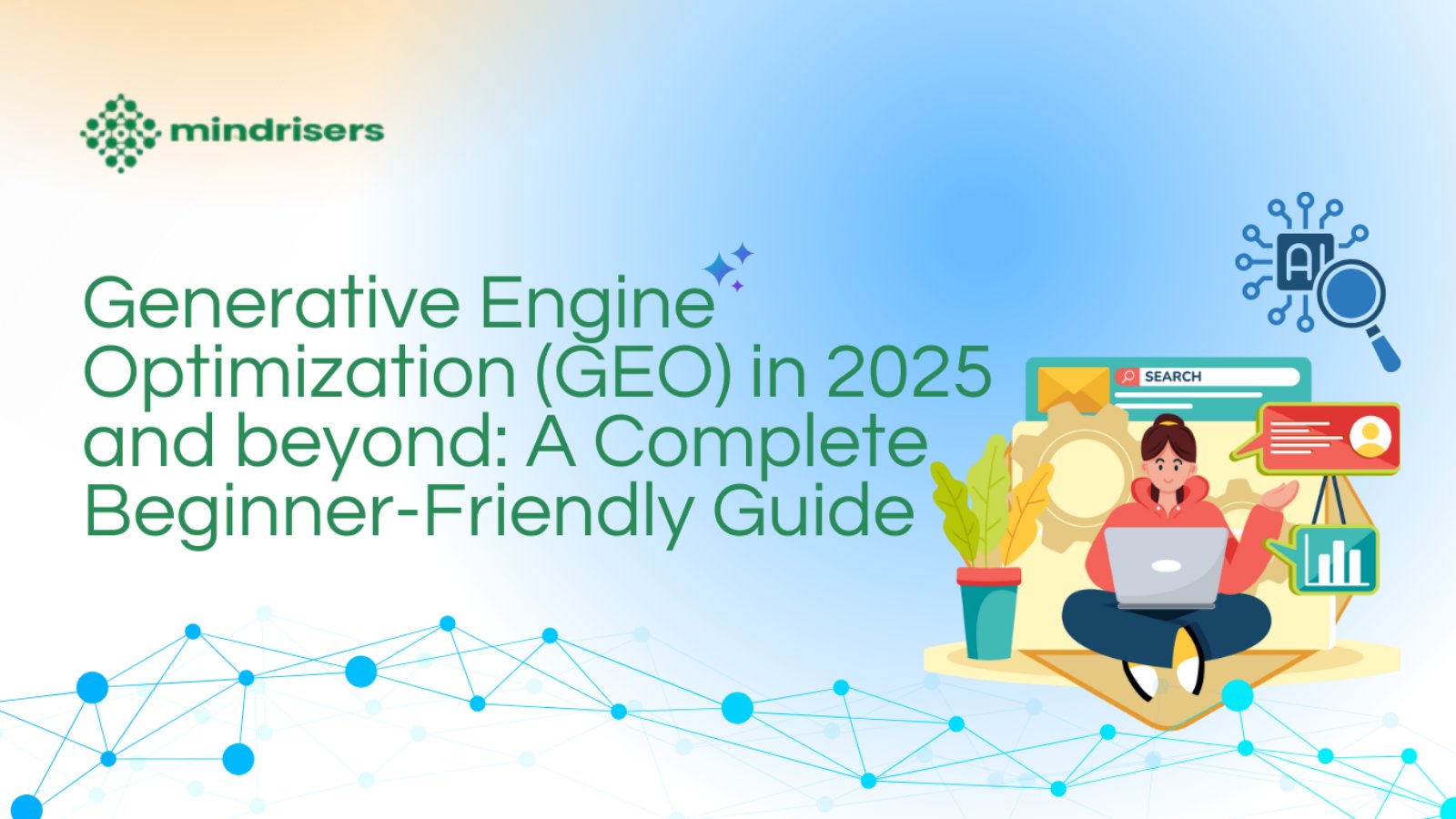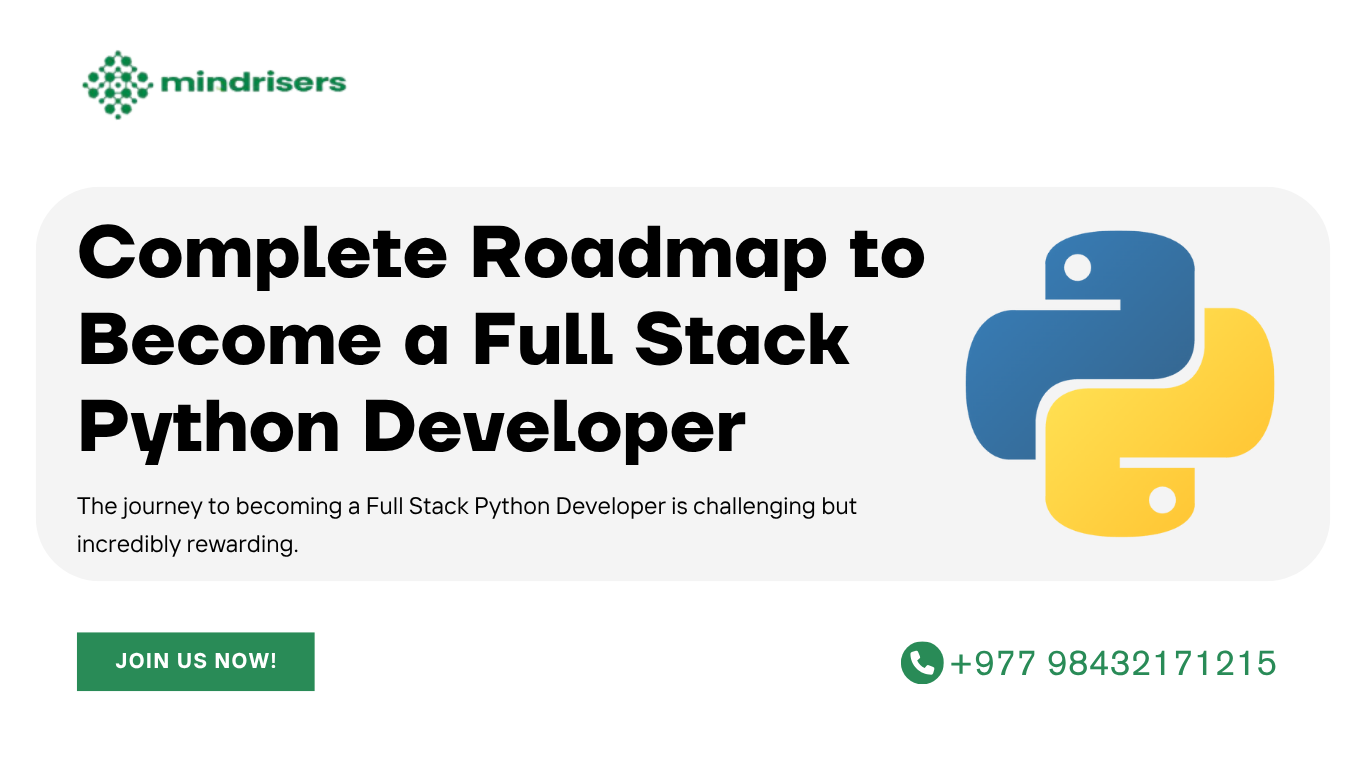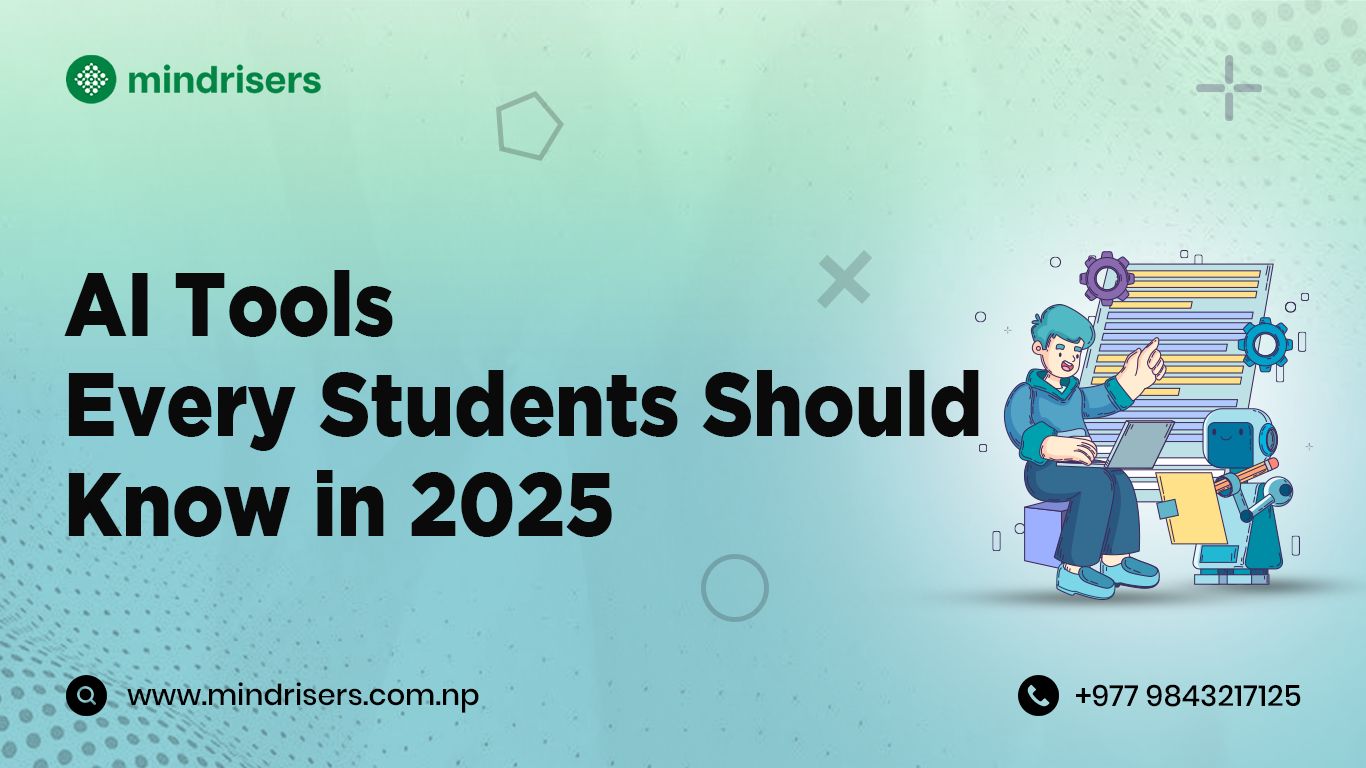
Shreezana Lopchan - Author
2025-04-04
The modern web applications rest on APIs (Application Programming Interfaces) as their fundamental operational structure in the digital world. APIs provide a mechanism that allows software systems to exchange information without interruptions.
Python developers who need to build robust APIs with flexible design while avoiding complexity should consider Django REST Framework (DRF) as their solution. The extension of Django web framework known as Django REST Framework delivers a complete toolkit which simplifies the development of robust Web APIs for effortless use by developers.
DRF serves as a tool to simplify the development of mobile app backends and microservice architectures and third-party developer platform integration.
What is Django REST Framework?
Python-based API solution operates as a robust Django extension which simplifies the development of Django REST through an efficient and straightforward approach. The framework provides complete functionality beyond being a library because it addresses various API development challenges:
- Serialization: Converting complex Django models into formats like JSON or XML.
- Authentication: Supporting various authentication methods out of the box.
- Permissions: Controlling who can access what.
- Viewsets: Creating consistent API patterns with minimal code.
- Browsable API: Provides a web-based testing environment for API endpoints.
DRF established itself as the primary framework for Django software development after its initial release ten years ago and now serves major organizations including Mozilla and Red Hat and Heroku.
How to Get Started with Django REST Framework
Integrating Django REST Framework into your project is simple:
Install DRF:
pip install djangorestframework
Add 'rest_framework' to INSTALLED_APPS in settings.py.
Build your API endpoints.
With these three steps, you’re ready to create APIs efficiently while focusing on business logic instead of boilerplate code.
Why Choose Django REST Framework for Your API?
Builders of APIs possess multiple solutions at their disposal. Here's why Django REST Framework stands out:
Rapid Development
DRF enables fast API development with minimal effort. Features like rest framework serializer and generic views allow CRUD operations to be implemented in just a few lines of code.
Mature and Battle-tested
With over ten years of development, DRF is a mature framework built on Django’s “batteries included” philosophy. It offers modular components, making it adaptable to various use cases while ensuring stability and security.
Built-in Security
Security is a top priority in API development. DRF offers:
- Multiple django rest framework authentication mechanisms (Token, Session, OAuth)
- Role-based access control with permission classes
- Rate-limiting (Throttling) to prevent abuse
- Content negotiation for handling different response formats
.
How Do REST APIs Work with Django?
The implementation of Django REST framework through Django REST Framework maintains compliance with Representational State Transfer (REST) principles. This means they use HTTP methods meaningfully:
- GET for retrieving data
- POST for creating new resources
- PUT/PATCH for updating existing resources
- DELETE for removing resources
DRF handles all these operations through its views, which can be function-based or class-based. Class-based views, particularly generic class-based views, allow you to create API endpoints with minimal code while following RESTful principles.
Creating Your First API with Django REST Framework
The process of creating an API with DRF typically involves three main components:
Models
These are your standard models that define your data structure. They work exactly the same as in any Django project.
Serializers
Serializers convert your complex data types (like Django model instances) into native Python data types that can be easily rendered into JSON, XML, or other content types. They also handle deserialization, allowing parsed data to be converted back into complex types after validation.
Views
Views handle the logic of your API endpoints. They process requests, apply business logic, and return responses. REST framework provides several view types, from simple function-based views to powerful ViewSets that can handle CRUD operations automatically.
Advanced Features in Django REST Framework
Beyond the basics, DRF offers advanced features that make it suitable for complex API requirements:
Browsable API
The browsable API stands out as a highly appreciated feature because it enables direct API testing through a web interface in the browser. The API becomes easier to develop and debug because of this feature.
Filtering, Pagination, and Ordering
The set of built-in API features in DRF helps developers save time by implementing filtering results along with paginating large datasets and result ordering without writing custom code.
Content Negotiation
Your API can respond with different formats based on client preferences, supporting JSON, XML, and other formats with minimal configuration.
Common Challenges and Solutions
While DRF makes API development easier, there are still common challenges you might face:
Performance Considerations
DRF's serialization process can be relatively slow compared to other libraries. In performance-critical views, you might need to optimize by using lighter serialization libraries or implementing caching strategies.
N+1 Query Problem
The default behavior of DRF does not include automatic queryset optimization for related field serialization. Select_related and prefetch_related should be used to optimize performance because they prevent bottlenecks.
Authentication
DRF includes multiple authentication options but you may need to develop or merge additional authentication systems into your project. The authentication solution can be achieved through the dj-rest-auth third-party package.
Rest API Testing with Django
API development requires thorough testing and the REST framework provides simple testing tools to accomplish this task. You can properly test your endpoints through compatibility between Django's test client and DRF's APIClient.
Your API testing becomes possible through this functionality to check proper functionality alongside status code returns and edge case management.
Alternatives to Django REST Framework
While REST Framework is excellent, it's worth knowing about alternatives:
Django Ninja
A newer framework inspired by FastAPI, Django Ninja offers better performance and type hints with the models. It's particularly good if you need async support.
Django Tastypie
A more minimalistic framework, Tastypie is lighter weight but still provides essential API functionality. It might be suitable for smaller projects with simpler requirements.
FastAPI or Flask
Your project should avoid a REST framewrok you need better performance and less boilerplate because FastAPI and Flask provide these advantages. The suitability of using REST Framework to develop your project depends on specific project requirements.
Is Django REST Framework Right for Your Project?
REST framework shines in scenarios where:
- You're already using Django for your project
- You need a comprehensive set of features for your API
- You value developer productivity over raw performance
- You're building a medium to large-scale application
However, it might not be ideal if:
- Maximum performance is your top priority
- You need extensive async support
- Your API requirements are extremely simple
- You don't need Django's other features
Conclusion
The combination of power and flexibility and user-friendly features makes the REST framework an excellent solution for API development. The combination of REST framework's extensive features and Django's strong development environment makes it a perfect solution for numerous API development needs.
The toolbox and development patterns from DRF will support your success in generating both basic mobile APIs and complex fulfillment services that need multiple endpoints and authentication enforcement. Your APIs will achieve functionality alongside maintainability and security and documentation when you follow DRF's conventions and best practices.
Developers seeking to develop easy modular systems through current microservice architecture and API-first web development standards should focus on mastering REST framework technology.
Recent Post
View All
Generative Engine Optimization (GEO) in 2025 and beyond: A Complete Beginner-Friendly Guide
2025-12-02.623 Views
Complete Roadmap to Become a Full Stack Python Developer
2025-10-14.1001 Views
How Local Businesses in Nepal Can Use WhatsApp Marketing Effectively
2025-08-18.1616 Views
AI Tools Every Students Should Know in 2025
2025-08-18.1562 Views
Never miss an Opportunity !
Want to learn TOP 2025 IT Skills ?
We open IT skill classes Monthly in Design, Development, Deployment, Data etc.
Have something to Ask ?
get admission enquiry